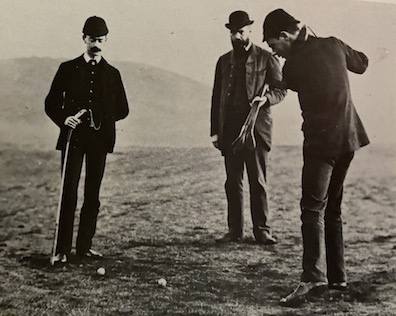
The original teeing ground in golf was a one club length circle around the last hole played, known as the tigh in curling, which is the Scottish word for home, and is pronounced tee.
The ball had to be played off the ground until the 1800’s when players were allowed to use dirt to ‘tee it up’. After dealing with the damage done by golfers digging up dirt, greenkeepers began providing sand.
By 1875 the tee was between 8 and 12 club lengths from the hole, and in 1888 it became our modern version – between two marks, two club lengths deep, and laid out by the greenkeeper.
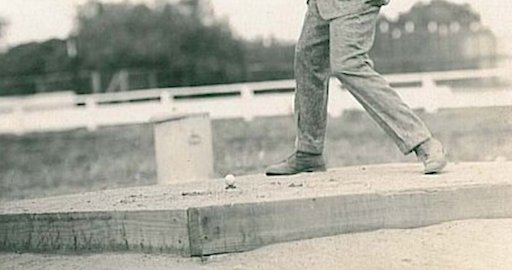
By the time golf reached America in the 1890’s, many teeing areas were level boxes made of wood, stone, or cement, and filled with sand, soil, dirt, bitumen or cement, and sometimes covered with coconut matting.
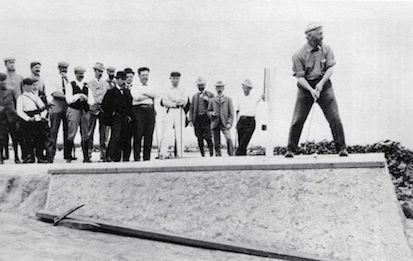
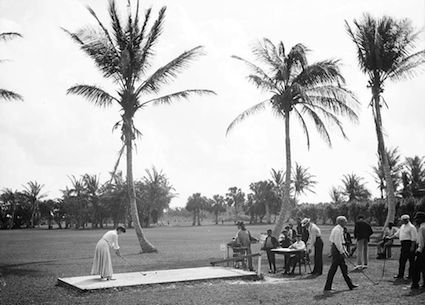
These rigid teeing areas were the reason that modern wooden or plastic tees couldn’t be stuck in the ground and required a sand-pile to tee-up the ball. The tee box was obviously not named after the box used for sand.
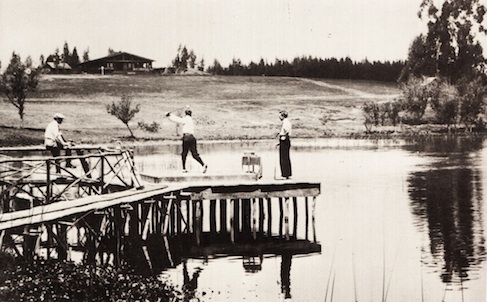
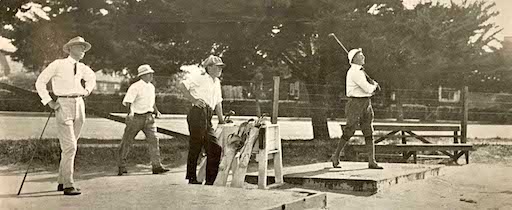
Real grass teeing areas were standard on Scottish links courses and became standard on championship and private golf courses in the United States by the 1920’s.
As of 2021, there are still many hundreds of courses that still have tee boxes and matts throughout the United States.
Golf Terms: The Tee Box by J.I.B. Jones ©2021 jib jones golfhistoricalsociety
